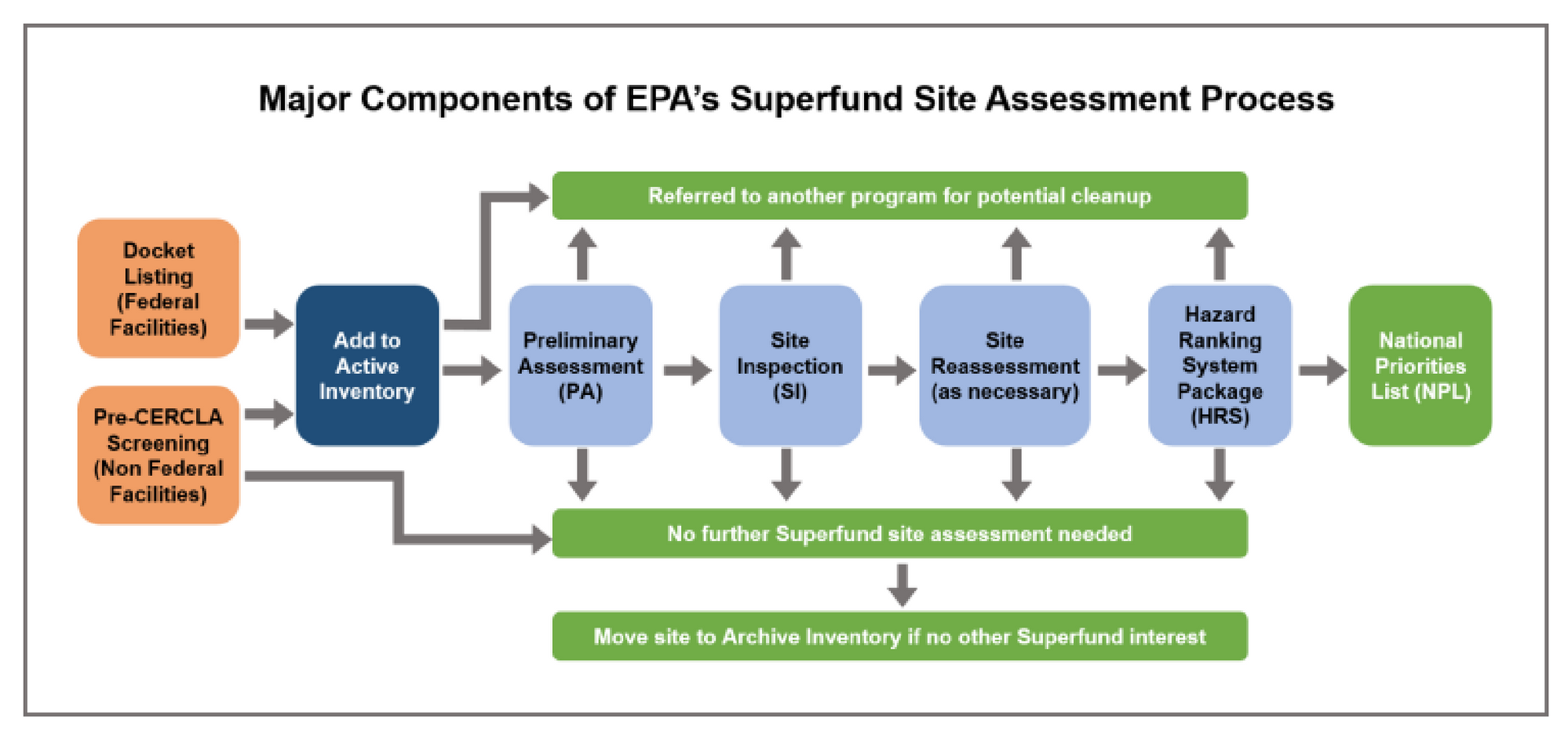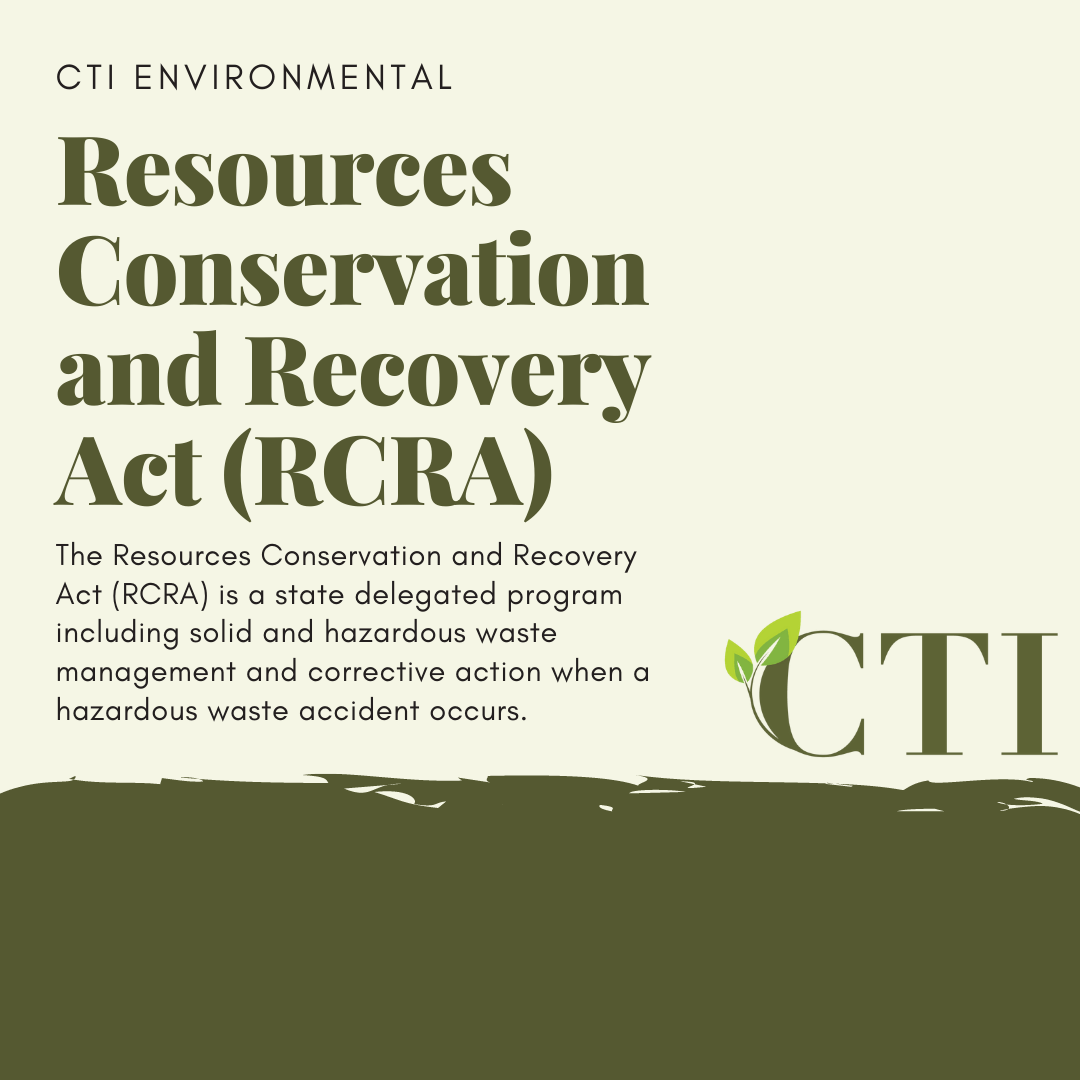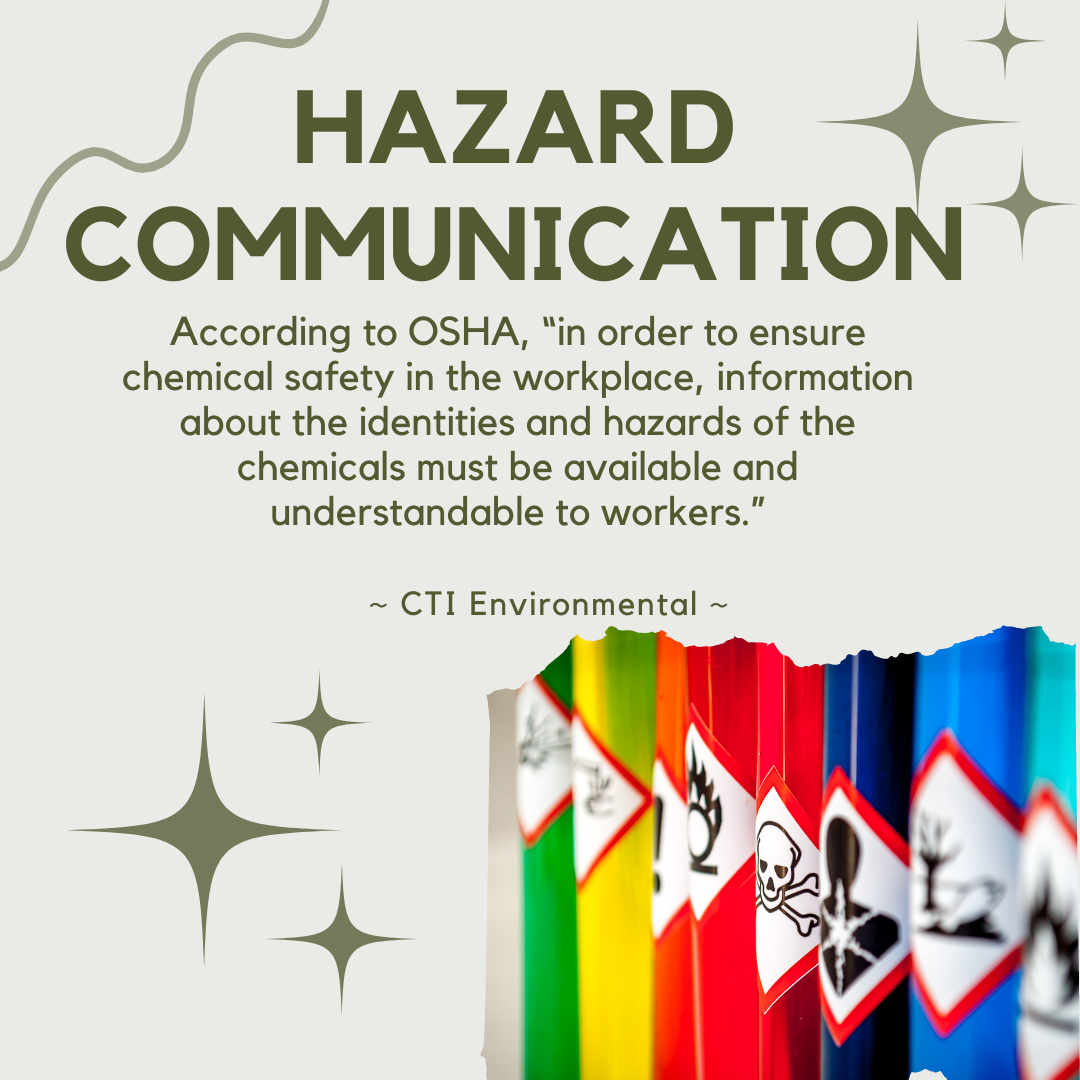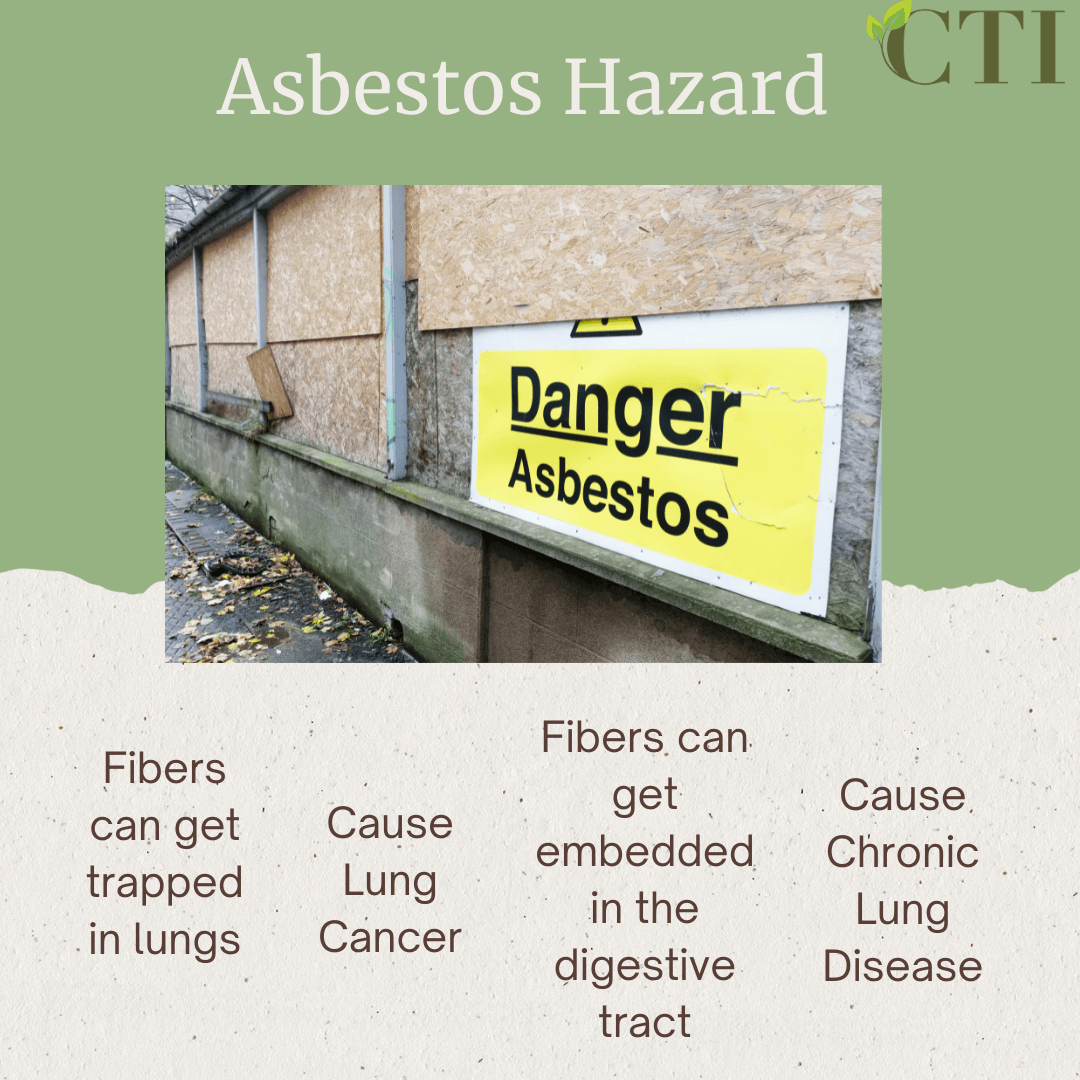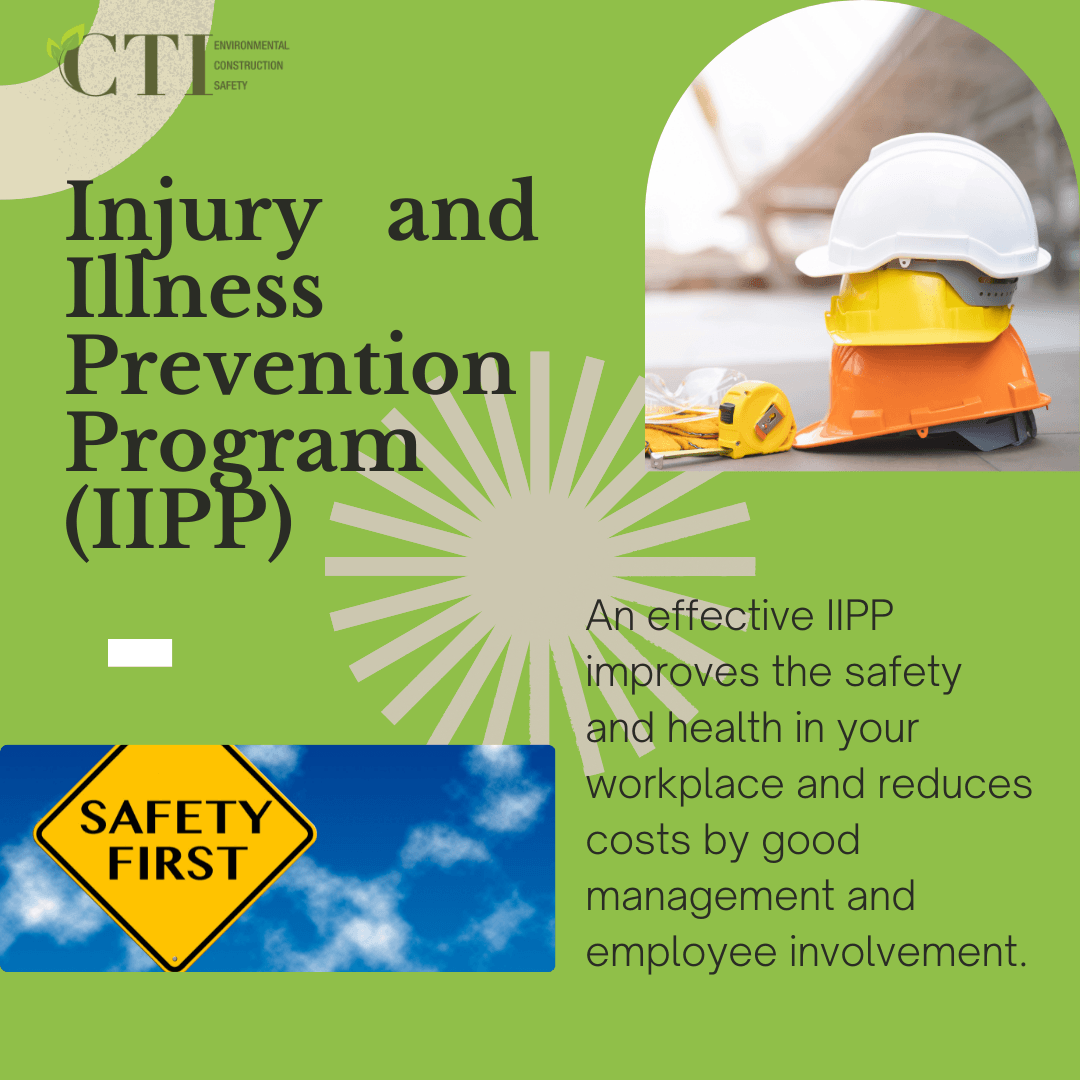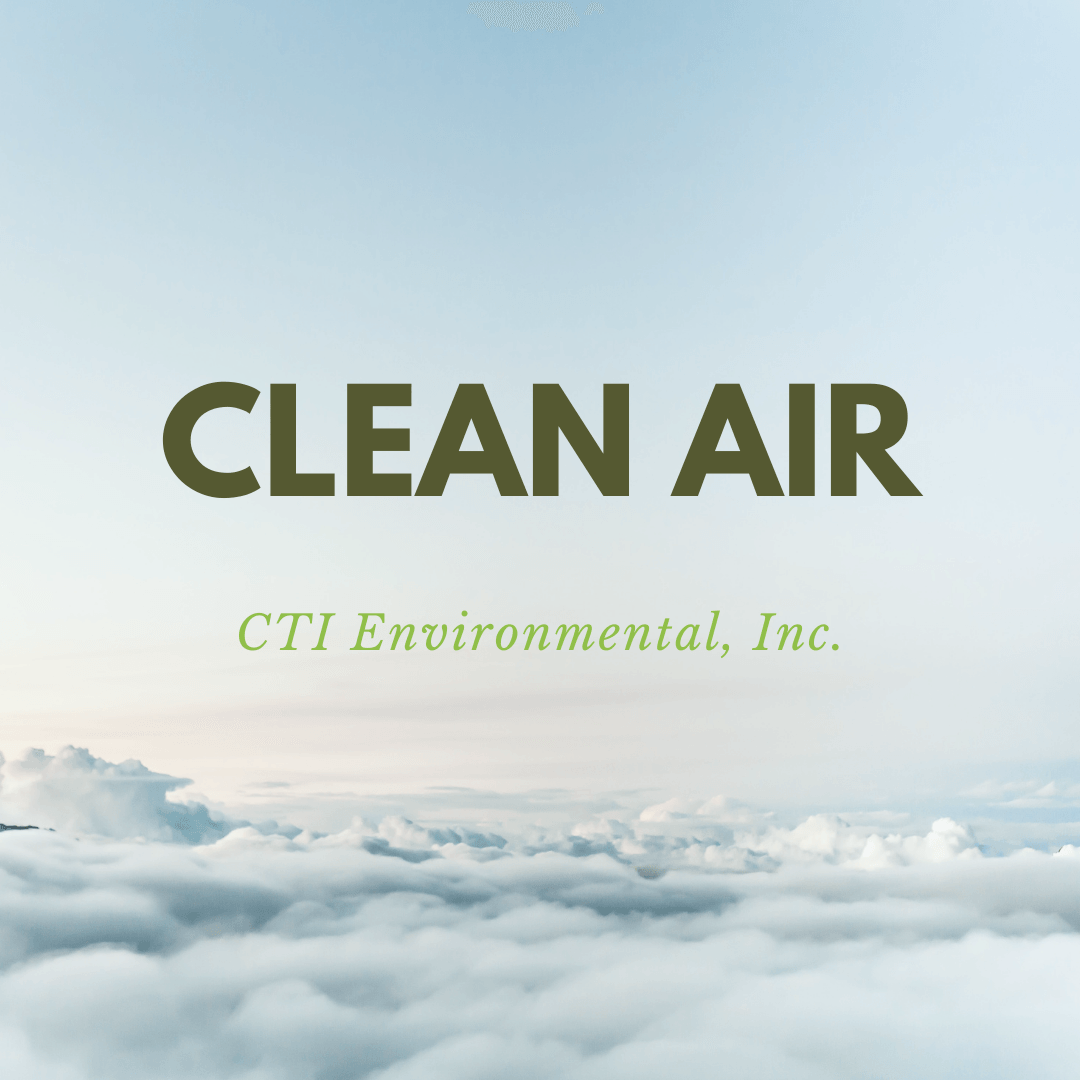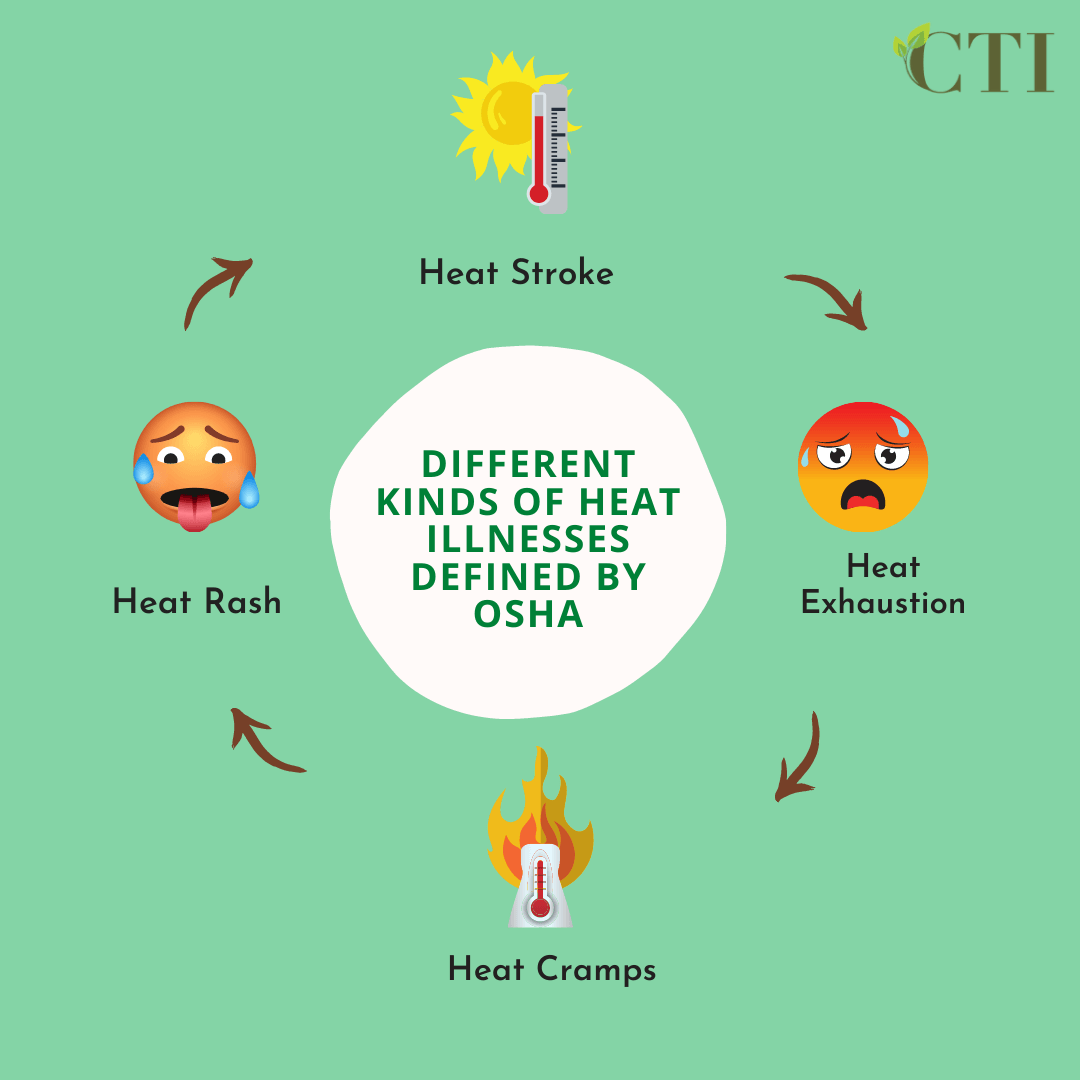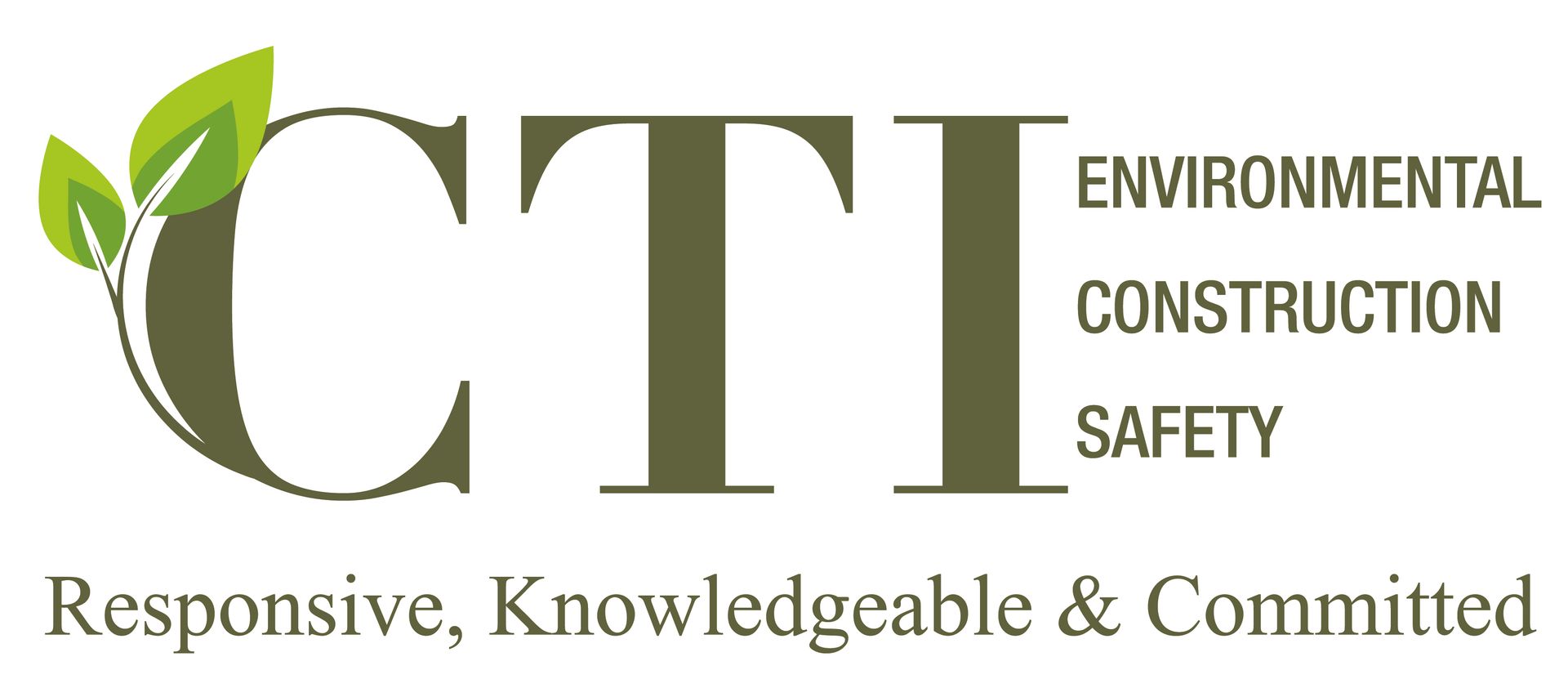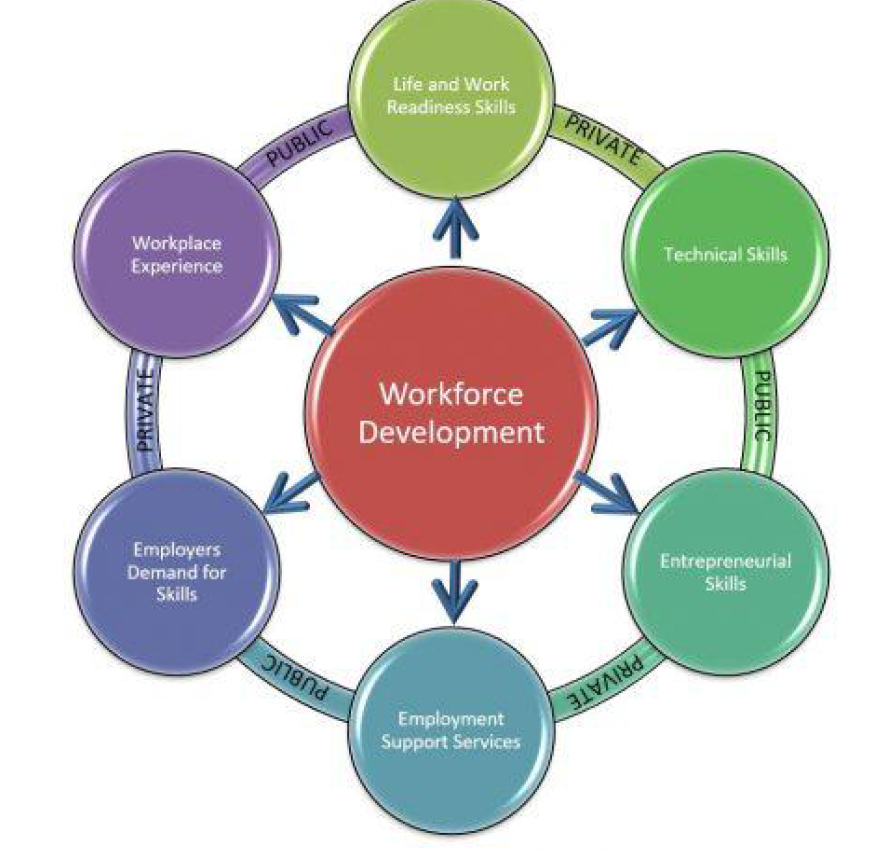Climate Adaptation, Mitigation and Vulnerability Assessment
Intern Insight
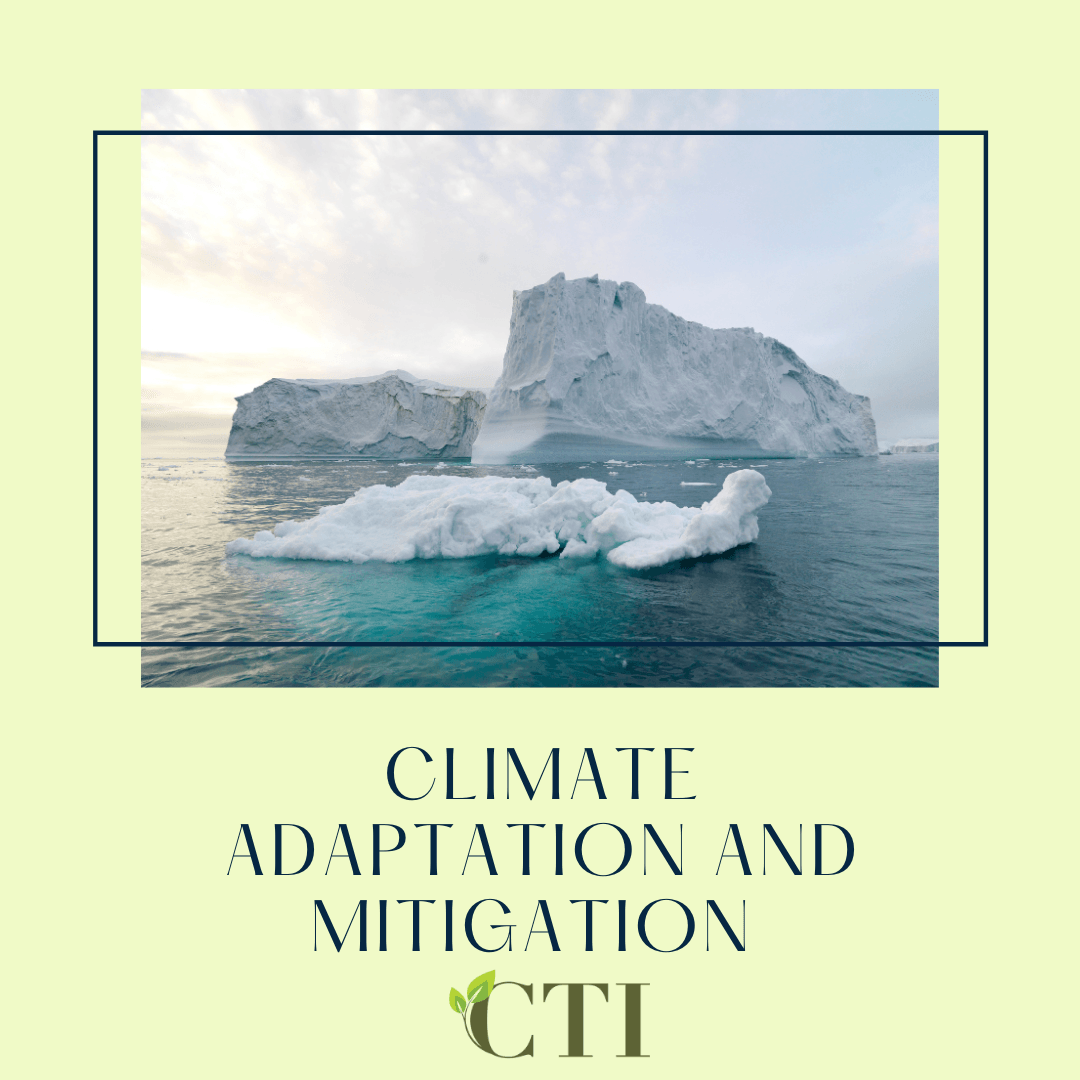
What is Climate Adaptation?
Climate Change is inevitable, and we see the results in real-time. Hazardous natural disasters and rising temperatures are causing environmental and health damages to our communities. According to the European Union, Climate adaptation means “anticipating the adverse effects of climate change and taking appropriate action to prevent or minimize the damage they can cause, or taking advantage of opportunities that may arise.”
Climate adaptation is necessary at local, regional, national, and international levels. The Intergovernmental Panel on Climate Change (IPCC) describes vulnerability to climate change by three factors: 1) exposure to hazards, 2) sensitivity to those hazards, and 3) the capacity to adapt to those hazards. Climate adaptation can help reduce the exposure, sensitivity, and capacity of the future environmental hazards resulting from climate change. This is why climate adaptation is essential for our government to implement.
Climate adaptation will also help undeveloped countries. Undeveloped countries tend to be more vulnerable to climate risks, such as rising ocean levels in the Maldives. Supplying undeveloped countries with education and health facilities is an adaptation measure. This measure would benefit towards climate change and assist with adapting to the altering weather.
What is Climate Mitigation?
According to NASA, climate mitigation involves "reducing the flow of heat-trapping greenhouse gases into the atmosphere, either by reducing sources of these gases or enhancing the "sinks" (oceans, forests, and soil) that accumulate and store these gases." The goal of climate mitigation is to "stabilize greenhouse gas levels in a timeframe sufficient to allow ecosystems to adapt naturally to climate change, ensure that food production is not threatened and to enable economic development to proceed sustainably." (2014 report on Mitigation of Climate Change from UN).
Climate mitigation can be as complicated as building a city or as simple as improving home equipment. Cities are remodeling their subway stations to make transportation more sustainable. According to the Global Environment Facility, there are 1.4 billion people worldwide that rely on traditional fuel sources, and by 2035 the global energy demand will grow more than 50%. Future generations need to mitigate the use of fossil fuels and use sustainable energy; therefore, the new consumer mindset will need to change.
The Paris Agreement highlights that the global emissions will need to peak by 2030 and rapidly decrease to net-zero by 2050 if we want to stay within the safety limits that the agreement established. The Paris Agreement tackles mitigation to the core. According to the Agreement, it "requires all parties, keeping in mind their responsibilities and capabilities, to formulate and implement programs containing measures to mitigate climate change. Such programs target economic activity intending to incentivize cleaner or disincentive actions that result in large amounts of greenhouse gas emissions. They include policies, incentives schemes, and investment programs." The Paris Agreement's primary goal is to expand forests and sinks to remove a greater amount of CO2 in the atmosphere.
What is the Difference between adaptation and mitigation?
Climate adaptation and mitigation are essential for the government and us to tackle, but they have different meanings. Climate mitigation means we are preventing greenhouse gases from emitting into our atmosphere. Climate adaptation means we adapt our behavior, consumption, and systems from the effects climate change is having on our communities. The actions and regulations we create today will affect the future, so society needs to act now and work on preventing rising temperatures, sea levels, loss of habitat, and more.
Ways to Adapt to Climate Change
-
Use scarce water resources more efficiently
-
Adapting building codes to upcoming extreme weather conditions
-
Building flood defenses and raising the levels of dykes
-
Developing drought-tolerant crops
-
Planting trees and plants that are less vulnerable to storms and fires
-
Reserve land for species migration
-
Plant drought-resistant crops
Ways to Mitigate Climate Change New technology
-
Using renewable energy (solar, wind, and hydro)
-
Revamping old equipment to more energy efficient
-
Changing consumer behavior
-
Sustainable transportation (bus transit, electric vehicles, and biofuels)
-
Sustainable use of land and forest
-
Eating less red meat
-
Shop sustainably (no fast fashion)
Climate Adaptation and Vulnerability Assessment
The purpose of this assessment, according to Habitat Info, is to "identify where people may be expected to be most vulnerable to all of the major expected difficulties associated with climate change, notably food security, water shortages, disasters, and associated health problems." They have done this assessment to discover vulnerability hotspots. The places they have done these assessments are:
-
Southern African Development Community (SADC) Regional Change Programme (RCCP)
-
Zambezi basin risk and vulnerability mapping
-
Limpopo basin risk and vulnerability mapping
-
Mozambique risk and vulnerability mapping
-
Horn of Africa resilience mapping
With their knowledge and expertise in this area, they can apply this assessment anywhere in the world and determine vulnerability hotspots.
Organizations That Are Working On The Battle of Climate Change
-
World Wildlife Organization
-
At WWF, we believe we can fight this consequential threat and build a safer, healthier and more resilient future for people and nature. We must rethink the way we produce and consume energy, food, and water; protect the world’s forests, and help people prepare for a changing world.
-
Citizens Climate Lobby
-
At Citizens’ Climate Lobby, we’re committed to building the political will for the climate solutions we all need. As empowered citizens, we talk with neighbors, friends, and local officials about how national climate action can help ensure a healthy future while strengthening the American economy.
-
Climate Alliance
-
Measures taken to combat or adapt to climate change need to take the big picture into account. The hurdles we face are not only environmental, but increasingly also of a social and economic nature. We cannot, for example, rely on high-tech fixes such as carbon capture and storage that only bypass the root of the problem, encouraging society to go about its resource intensive business as usual. Even putting safety concerns aside, we cannot look to nuclear energy as the answer when we have no sustainable solution for the waste it creates.
-
Indigenous Environmental Network
-
Established in 1990 within the United States, IEN was formed by grassroots Indigenous peoples and individuals to address environmental and economic justice issues (EJ). IEN’s activities include building the capacity of Indigenous communities and tribal governments to develop mechanisms to protect our sacred sites, land, water, air, natural resources, health of both our people and all living things, and to build economically sustainable communities. IEN accomplishes this by maintaining an informational clearinghouse, organizing campaigns, direct actions and public awareness, building the capacity of community and tribes to address EJ issues, development of initiatives to impact policy, and building alliances among Indigenous communities, tribes, inter-tribal and Indigenous organizations, people-of-color/ethnic organizations, faith-based and women groups, youth, labor, environmental organizations and others. IEN convenes local, regional and national meetings on environmental and economic justice issues, and provides support, resources and referral to Indigenous communities and youth throughout primarily North America – and in recent years – globally.
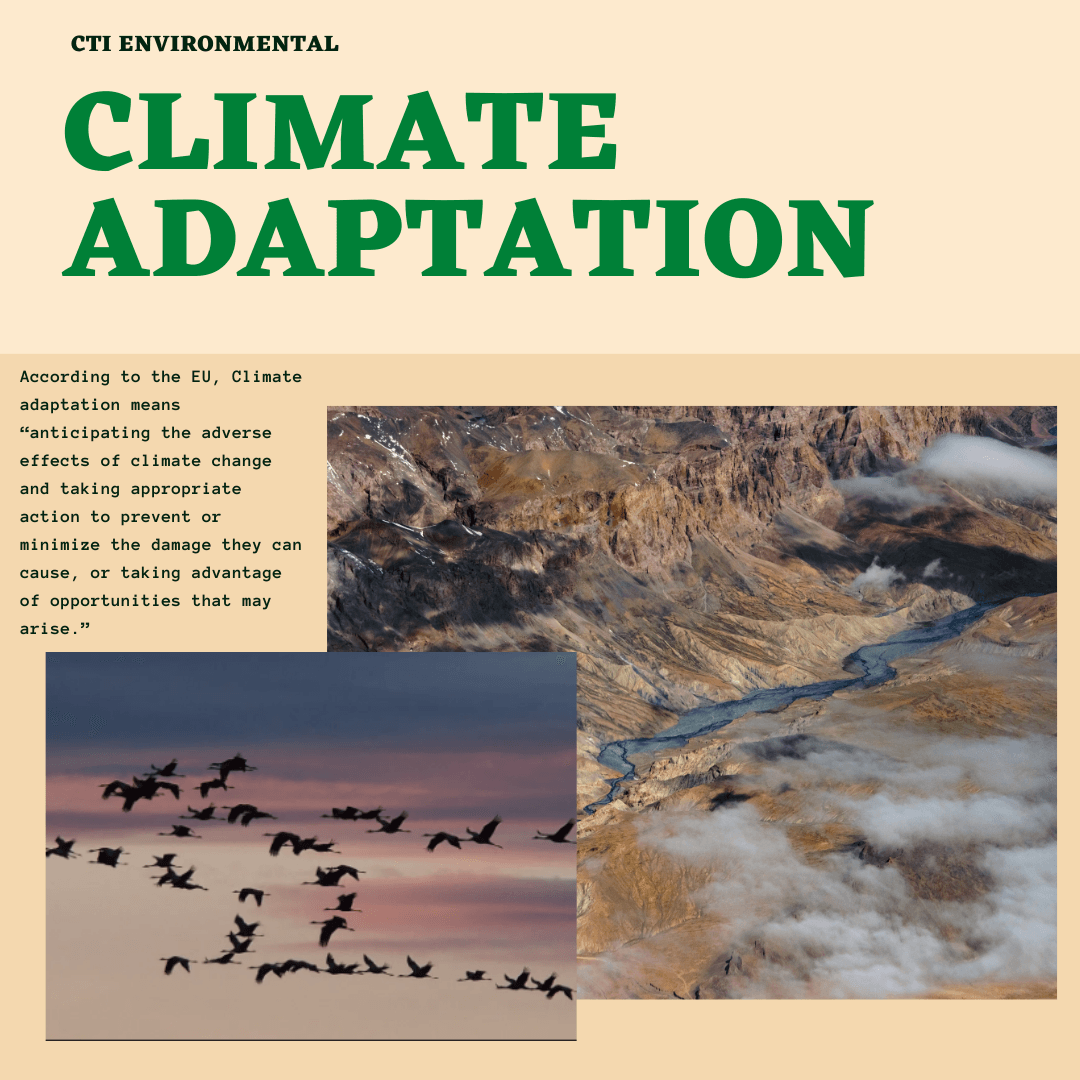
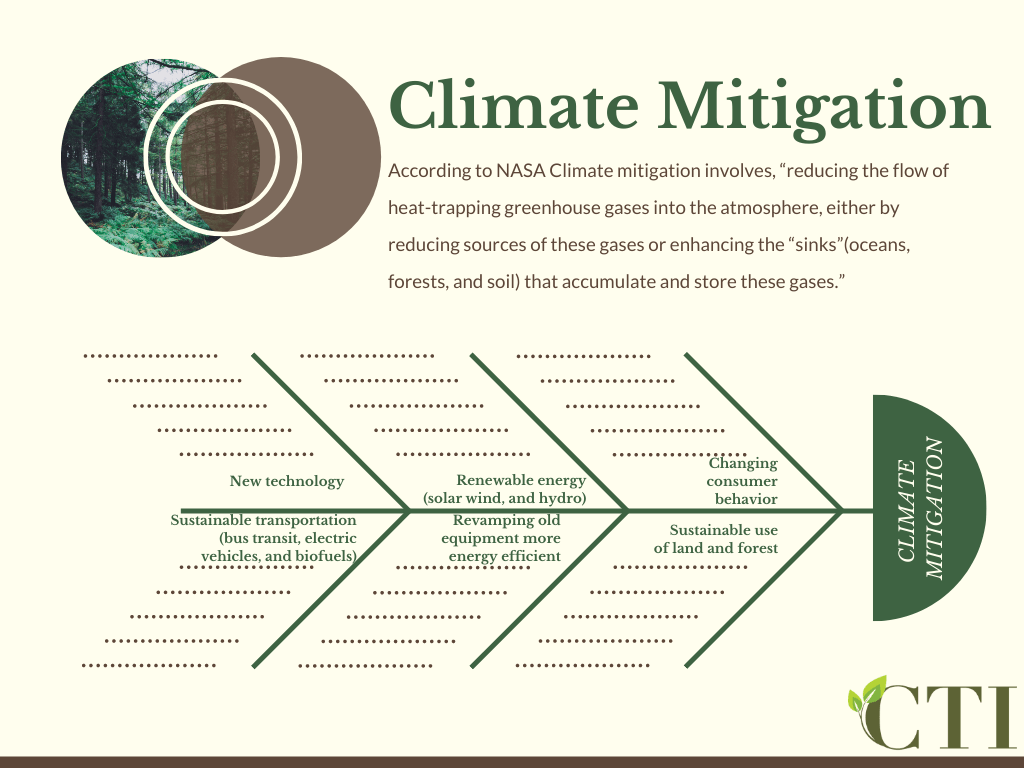
Citations:
http://www.habitatinfo.com/environmental-risk-vulnerability-assessment/
https://ec.europa.eu/clima/policies/adaptation_en
https://www.theguardian.com/environment/2012/feb/27/climate-change-adaptation
https://climate.nasa.gov/solutions/adaptation-mitigation/
https://www.unenvironment.org/explore-topics/climate-change/what-we-do/mitigation
https://www.thegef.org/topics/climate-change-mitigation
https://unfccc.int/topics/mitigation/the-big-picture/introduction-to-mitigation

